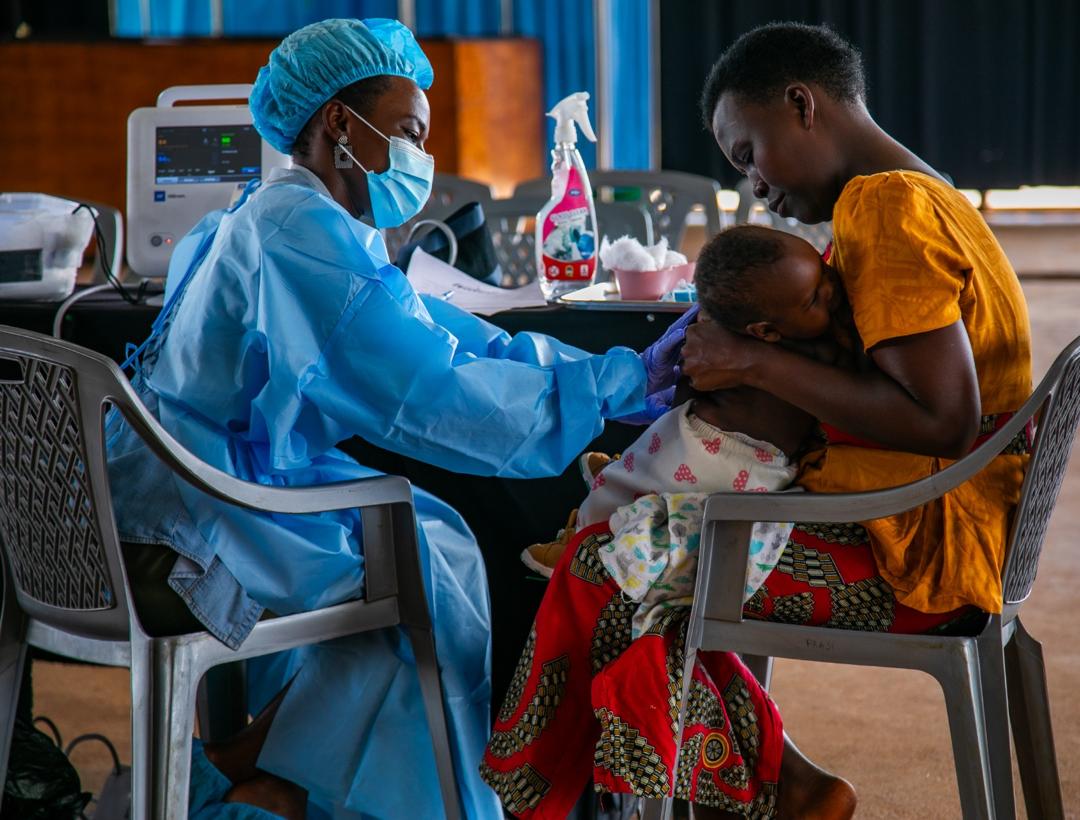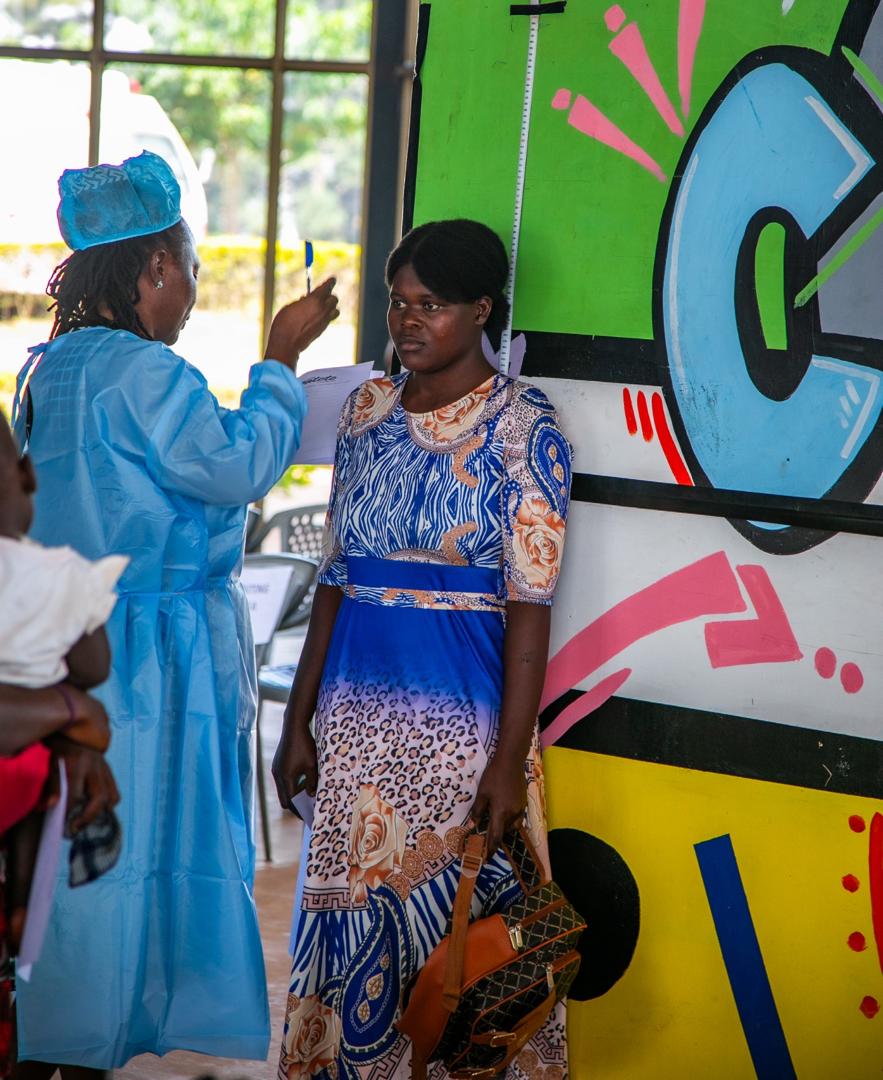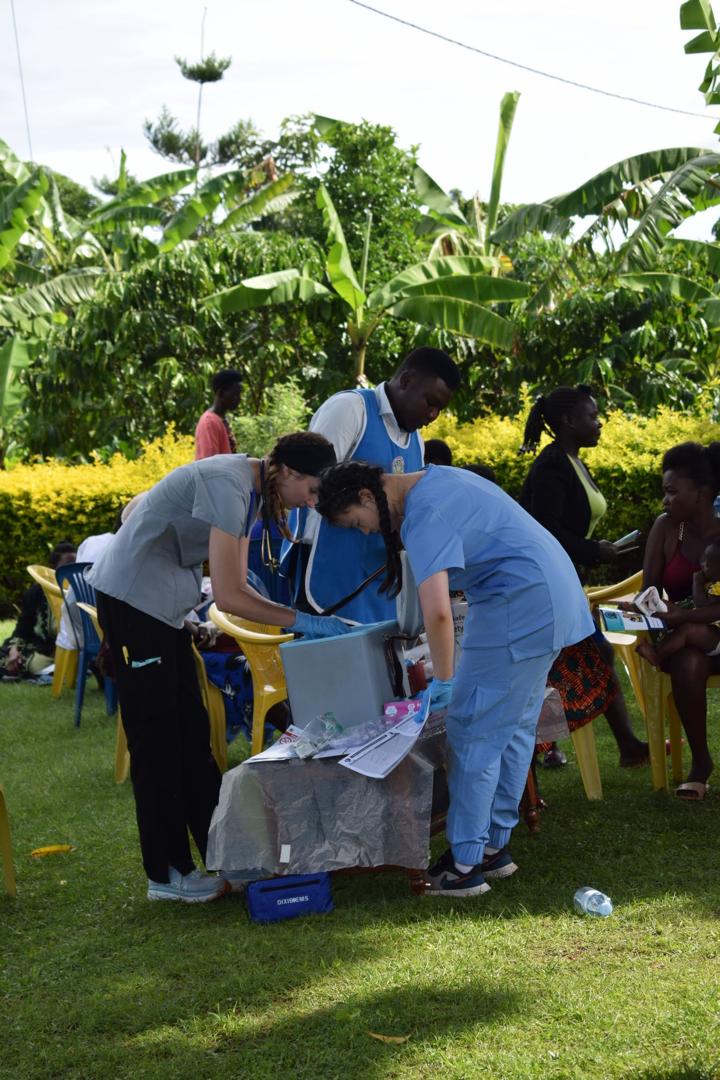Breaking Barriers: Rural Women's Health Initiative
How Abram Access is revolutionizing maternal healthcare in remote communities through innovative mobile clinics and community-based care.

In the remote hills of Southwestern Uganda, where the nearest hospital is often a day's journey away, women have long faced impossible choices when it comes to their health. The story of how Abram Access is breaking down these barriers and revolutionizing women's healthcare access is one of innovation, determination, and community empowerment.
The Challenge: Geography as a Health Barrier
For women living in rural Uganda, accessing quality healthcare – particularly maternal health services – has traditionally meant overcoming significant obstacles:
- Distance: Many women live 50+ kilometers from the nearest health facility
- Transportation: Poor road infrastructure and lack of ambulance services
- Cost: Transportation costs often exceed a family's monthly income
- Cultural barriers: Traditional beliefs that discourage facility-based deliveries
- Time: Agricultural responsibilities that cannot be abandoned for extended periods
These barriers have resulted in devastating statistics: maternal mortality rates in rural areas are three times higher than in urban centers, and less than 60% of rural women receive skilled birth attendance.
The Innovation: Bringing Healthcare to Women
Rather than expecting women to overcome these barriers, Abram Access decided to eliminate them entirely. The Rural Women's Health Initiative represents a paradigm shift: instead of waiting for women to come to healthcare, we bring healthcare to women.
Mobile Maternal Health Clinics
Our fleet of specially equipped mobile clinics travels to remote communities on scheduled routes, providing comprehensive maternal health services including:
- Antenatal care: Regular check-ups, ultrasounds, and health monitoring
- Family planning services: Counseling and contraceptive options
- Safe delivery services: Skilled birth attendance in community settings
- Postnatal care: Mother and baby follow-up services
- Health education: Nutrition, hygiene, and preventive care training
Community Birthing Centers
In partnership with local communities, we've established small birthing centers in strategic locations. These facilities provide:
- Clean, safe environments for delivery
- Skilled midwives available 24/7
- Essential equipment for normal and complicated deliveries
- Referral systems for emergency cases
- Accommodation for women from distant villages
Technology Integration: Smart Healthcare Solutions
Technology plays a crucial role in our women's health initiative:
Digital Health Records
Every woman is enrolled in our digital health system, ensuring continuity of care regardless of which facility or mobile clinic she visits. Her complete health history, from first antenatal visit through postnatal care, is always accessible to healthcare providers.
Telemedicine Consultations
When complications arise, our field teams can instantly connect with specialist doctors in urban centers via telemedicine, ensuring that expert care is available even in the most remote locations.
SMS Reminder System
Automated SMS reminders ensure women never miss important appointments, vaccinations, or check-ups. Messages are sent in local languages and timed according to each woman's specific needs.
Success Stories: Lives Transformed
"I was terrified when I became pregnant with my fourth child. My previous three children were born at home, and I nearly died during my last delivery. When the mobile clinic started coming to our village, everything changed. The midwife monitored my pregnancy from the beginning, and when complications arose, they quickly referred me to the birthing center. Both my baby and I are healthy today because of this program." - Maria Asiimwe, mother of four from Kabale District
Measurable Impact
Since launching the Rural Women's Health Initiative two years ago, the results have been remarkable:
- 8,500+ women have received antenatal care through mobile clinics
- 3,200+ safe deliveries conducted by skilled birth attendants
- 98% survival rate for mothers and babies in the program
- 75% increase in family planning uptake in target communities
- 85% of women now deliver with skilled attendance (up from 35%)
- Zero maternal deaths in communities with full program coverage
Community Empowerment: Training Local Champions
A key component of our initiative is training women within communities to become health champions. These women, often traditional birth attendants or respected community members, receive training in:
- Identifying pregnancy complications
- Promoting facility-based deliveries
- Providing basic health education
- Connecting women with mobile clinic services
- Supporting new mothers postpartum
Financial Innovation: Making Care Affordable
Through partnership with Abram Finance, we've developed innovative payment systems that make maternal healthcare affordable for rural women:
Maternal Health Savings Groups
Women contribute small amounts monthly to group savings accounts specifically for maternal health expenses. This ensures funds are available when needed while building community support networks.
Outcome-Based Payment Plans
Families can spread the cost of maternal care over time through flexible payment plans that adjust based on agricultural seasons and household income patterns.
Community Health Insurance
Micro-insurance products specifically designed for maternal health provide financial protection against unexpected complications and emergency referrals.
Challenges and Adaptations
The initiative has faced several challenges that have led to important adaptations:
Seasonal Access
During rainy seasons, some communities become completely inaccessible by road. We've responded by:
- Pre-positioning supplies and staff in strategic locations
- Using motorcycles and boats where vehicles cannot reach
- Establishing temporary camps during extended inaccessible periods
Cultural Resistance
Some communities initially resisted changing traditional birthing practices. We addressed this through:
- Engaging traditional leaders and elders in program design
- Training traditional birth attendants as program allies
- Demonstrating respect for cultural values while promoting safe practices
Scaling Up: Lessons Learned
Based on our success, we're now scaling the Rural Women's Health Initiative to additional districts. Key lessons that guide our expansion include:
- Community ownership is crucial: Programs succeed when communities are partners, not just beneficiaries
- Integration works: Combining finance, access, and outreach creates synergistic effects
- Technology enables scale: Digital tools allow quality care delivery across vast geographic areas
- Local adaptation is essential: Each community requires tailored approaches while maintaining core quality standards
The Future: Expanding Impact
Our vision for the future includes:
- Regional expansion: Reaching 50 additional districts across East Africa
- Service integration: Adding cervical cancer screening and family planning services
- Technology advancement: Implementing AI-powered risk assessment tools
- Sustainability models: Developing community-financed healthcare systems
Conclusion: Breaking Barriers, Saving Lives
The Rural Women's Health Initiative demonstrates that with innovation, determination, and community partnership, even the most entrenched healthcare barriers can be overcome. By bringing healthcare to women rather than expecting them to overcome geographic, financial, and cultural obstacles, we're not just improving health outcomes – we're transforming entire communities.
Every healthy mother, every safe delivery, and every thriving child represents a barrier broken and a life transformed. As we continue to expand this initiative, we remain committed to our core belief: that every woman, regardless of where she lives, deserves access to quality maternal healthcare.
The Rural Women's Health Initiative currently serves 45 communities across 8 districts in Uganda, with plans to expand to 100 communities by 2025. The program is supported by partnerships with local governments, international donors, and community organizations.


